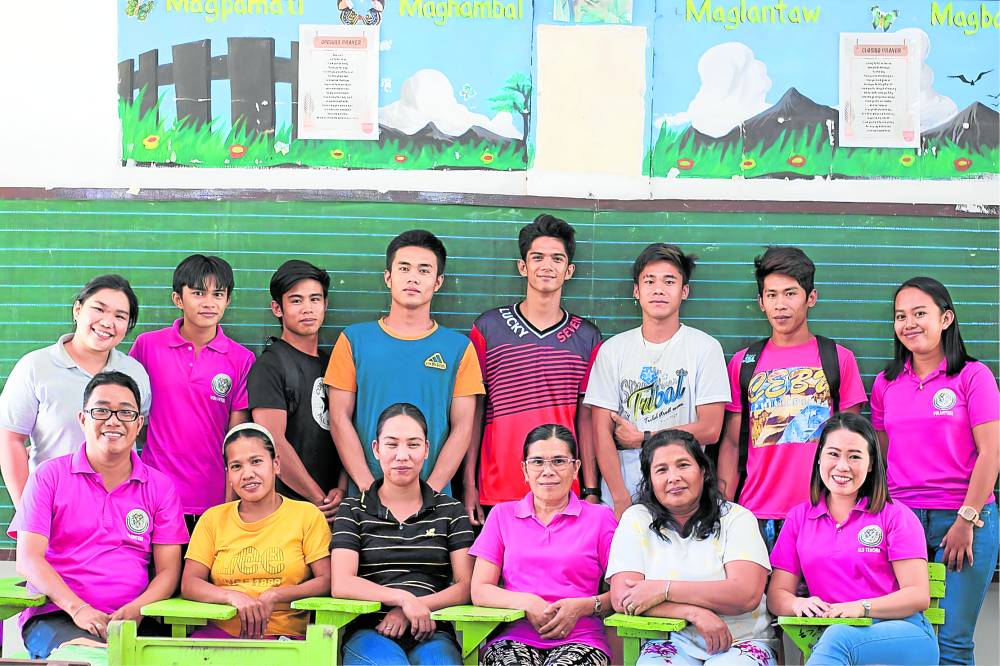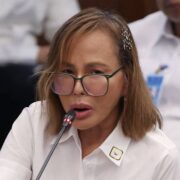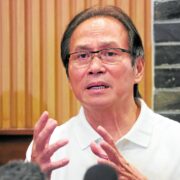Only 12 percent of out-of-school youth enroll in Alternative Learning System–Edcom 2

The Alternative Learning System (ALS) program failed to meet its targets for out-of-school youth (OSY), with the government only being able to reach 12 percent.
But the problem doesn’t end there. Only 600,000 out of the 4.9 million OSY were able to finish their studies under the ALS program, which is equivalent to half of that 12 percent.
According to the Year 2 report of the Second Congressional Commission on Education (Edcom 2), this failure was mainly due to the fact that ALS “remains underfunded” and was “underprioritized” by the government due to the low annual funding of P7 million in each region.
According to Edcom, the ALS program has existed in various forms since 1948, but it was only institutionalized recently through the Republic Act No. 11510, or the Alternative Learning System Act of 2020.
The ALS is the country’s parallel learning system that provides a “practical option to the existing formal instruction,” according to the Department of Education (DepEd).
If a child does not have formal education or cannot access it, the ALS program is an alternative or substitute for him or her, which includes non-formal and informal sources of knowledge and skills.
Aside from children, adults may also qualify for the program based on circumstances.
“While supported by law, in reality, ALS remains sidelined in the education space, often treated as secondary to formal education,” the commission said in its report.
“This lack of prioritization has significant consequences on resource allocation, program implementation, and the overall support to ALS learners,” it stressed.
Accreditation, equivalency program
Around 600,000 learners were being enrolled in the ALS annually, and most of its participants were enrolled in the Accreditation and Equivalency Secondary Program. Based on the Edcom’s data sourced from the DepEd, there are more out-of-school youth (OSY) who are not covered by the ALS than those of who are covered.
For example, in Calabarzon, a total of 52,427 OSY were enrolled into the ALS while more than 761,000 were not covered.In Metro Manila, 45,714 were able to gain access to the ALS while 568,651 were not able to.
“These… graphs show that ALS enrollments are lower than the number of OSY who need to be in the program,” the Edcom pointed out.
Among the problems seen by the Edcom was the funding distribution that does not reflect the number of OSY in each area, which is causing disparities.
Regions only receive a uniform amount of P7 million per year, regardless of the number of OSY in their respective areas.
This relatively low budget, which the Edcom described as “inconsistent,” undermines the implementation of ALS, attributing to the local government units’ refusal to spend more on ALS using their special education fund (SEF) “because they used outdated guidelines that did not explicitly require ALS expenditure.”
The commission also noted that the ALS “depends solely” on program support funds downloaded from the DepEd central office.
Under the ALS law, the program should also prioritize indigenous peoples, learners with disabilities, teenage mothers, socioeconomically disadvantaged learners, children in conflict with the law, persons deprived of liberty, rebel returnees, learners in emergency situations and out-of-school children in special cases.
But reaching out to these groups has been difficult for the government due to the lack of data and monitoring mechanisms in place.
The completion rates of ALS were “alarmingly low,” Edcom added, citing the data from the school year of 2023 to 2024 wherein only 302,807 learners (46.2 percent) were able to complete the program out of the 655,517 enrollees.
The United Nations Children’s Fund (Unicef) found that socioeconomic challenges such as lack of financial support, lack of interest, early marriage, vices, and bullying contributed to the high dropout rates in the ALS.
“These reasons mirror the factors that lead students to drop out of formal school to begin with, suggesting that despite the flexibility of the ALS program, it still fails to fully address the needs of many learners,” Edcom said.

















